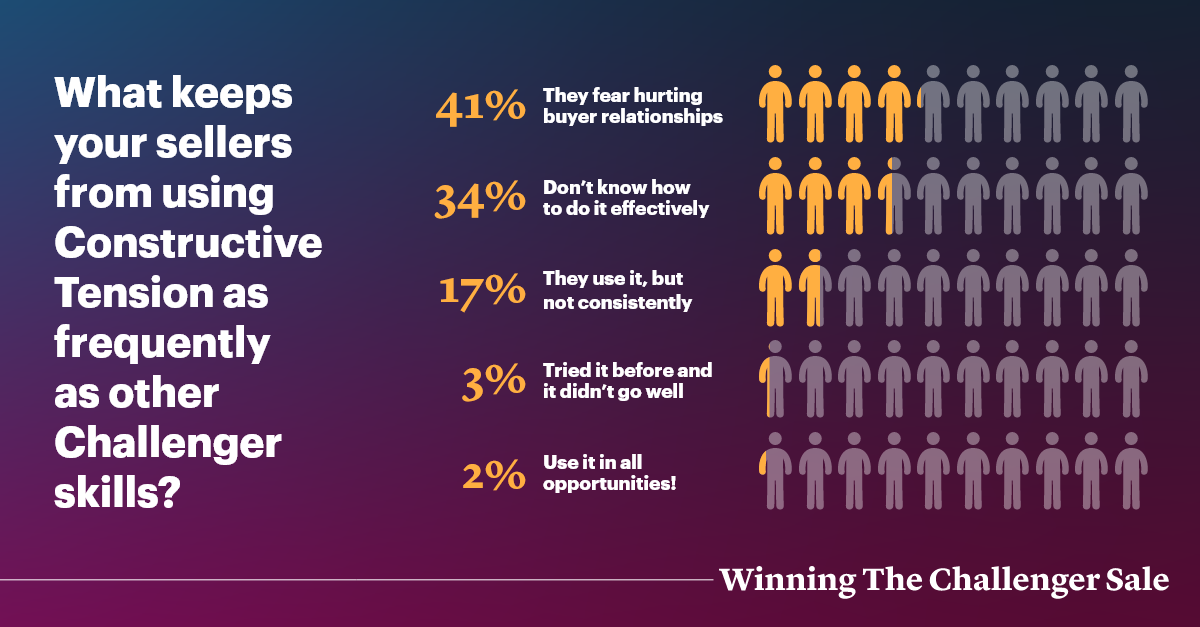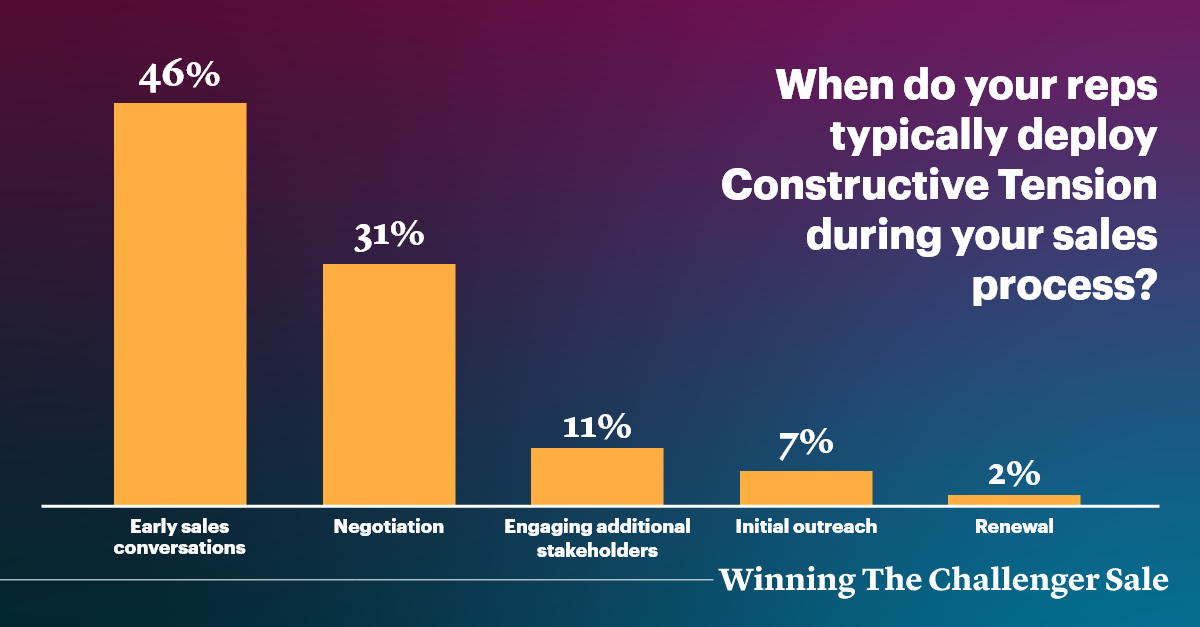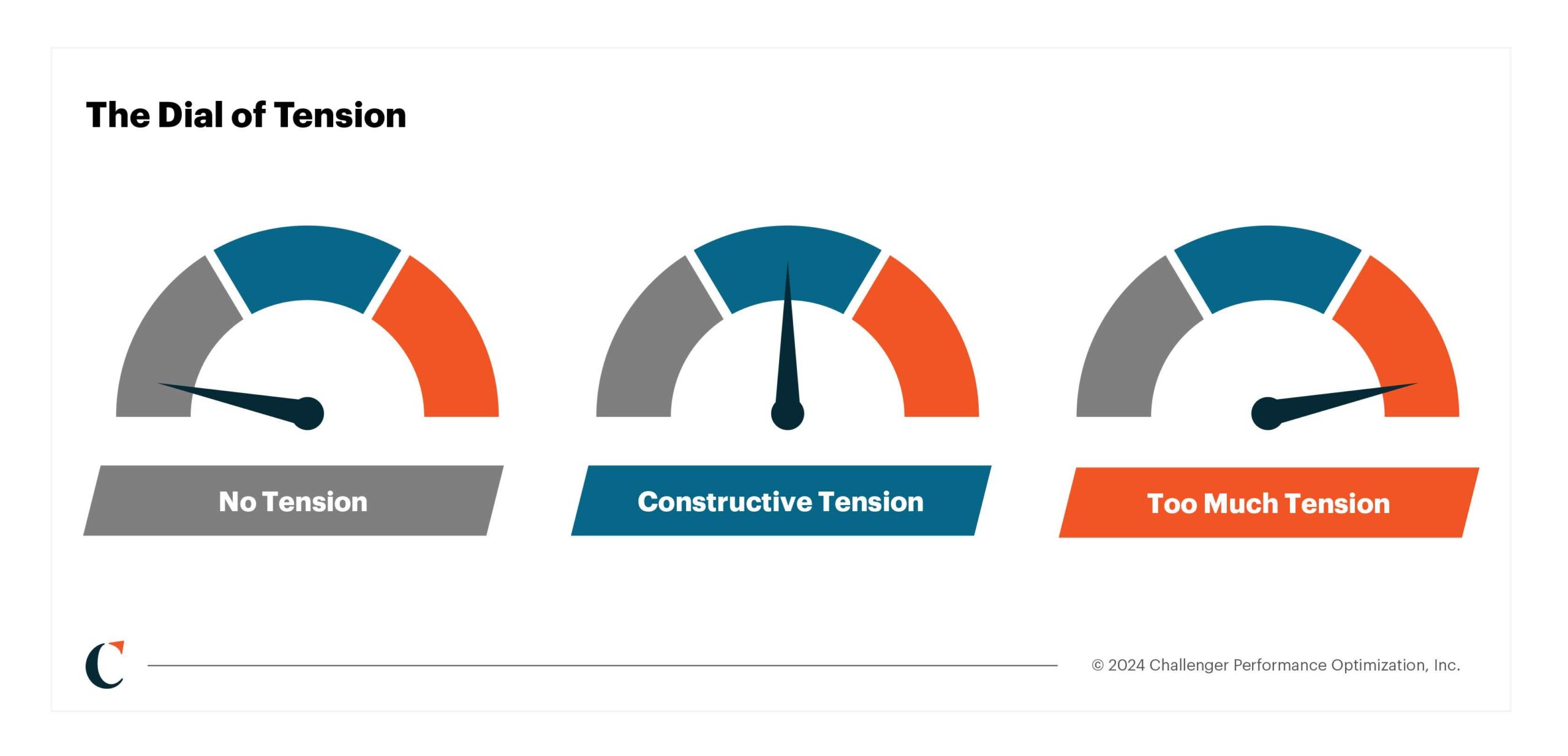Let’s start with a familiar scenario. You’re choosing an operating system for your enterprise company. Your two options are both great companies with strong products and offer prices that work for you. So, what makes you choose one over the other?
When CEB (now Gartner) conducted a widescale study of approximately 5,000 individuals aimed at determining what exactly they look for in B2B suppliers and solution providers, what they found changed the way we look at sales. They revealed that buyers believe a high-quality product, a great brand, and reasonable pricing are merely table stakes. The only dimension where buyers truly perceived a difference was in the sales process. At 53% of the loyalty equation, this factor drives more customer engagement and loyalty than brand, reputation, service, quality, and price combined. The fact is that how you sell matters much more than what you sell.

What exactly do buyers expect during that sales process? Our 2019 B2B Buyer Study identified “demonstrating unique insight,” “helping me come to a decision,” and “understanding and addressing different stakeholder needs” as the top seller skills. In a 2024 study, LinkedIn and Ipsos validated these findings, noting that buyers most wanted sellers to “demonstrate a clear understanding of [their] business needs,” and “demonstrate a clear understanding of [their] industry/competitors.”
Challengers win because they create a better sales experience using a distinct set of skills: Teaching, Tailoring, and Taking Control of the sale. Through the entire sales process, they deploy an important fourth skill, known as Constructive Tension. Among these skills, we hear that Constructive Tension is the hardest to get right. More Challenger clients (97%) ask for extra help with this skill than any other we teach.
Let’s dig into how Challengers use Constructive Tension throughout the sales process to change the way buyers think about their problems and move them away from the status quo.
How Constructive Tension Helps Sellers Create a Better Sales Experience
In “The Challenger Sale,” authors Matt Dixon and Brent Adamson profiled sellers and found that star performers came from one dominant category: the Challenger. Of all the high performers in the study, nearly 40% were Challengers. The Challenger sales methodology is built around the behaviors that set these sellers apart. They found that Challengers consistently and frequently build Constructive Tension while Teaching, Tailoring, and Taking Control. They push their customers to think differently — even if they don’t immediately see eye-to-eye. Yet for those learning Challenger methodology, this skill can be particularly opaque.
Constructive Tension Is:
- A productive force used to compel a customer to take action
- Used strategically and empathetically to examine conventional ways of thinking, explore assumptions, probe for answers, and navigate your Commercial Insight choreography
- Created throughout the sales cycle
- A learned skill
Constructive Tension Is Not:
- Aggressive selling. Challenger’s Isabel Gillespie debunks this myth in this short clip
- Used to make buyers uncomfortable so they’ll pick your solution. Constructive Tension isn’t about personal discomfort but about discomfort with the status quo.
- A tactic to be rolled out only during negotiation and close
- Only for Americans. Like all Challenger skills, Constructive Tension can be used effectively outside North America. For more on this topic, check out Veronica Coli’s article “Beyond Borders: Debunking Myths About Challenger for International Markets.”
The best-performing sellers use Constructive Tension with the other Challenger skills to help customers realize they need to make a change. It isn’t about creating tension between the seller and the buyer but within the buyers themselves – a tension that tells them that the status quo isn’t good enough.
Getting Constructive Tension Right
Constructive Tension helps create the sales experience buyers want, but we know many sellers don’t use this correctly across the sales process, deploy it as frequently as they ought to, or tap into it early enough. In our recent webinar, 41% of sales leaders told us their sellers worry Constructive Tension will hurt buyer relationships, and another 34% just don’t know how to do it. Many wait too late, creating Constructive Tension for the first time during negotiation and missing the opportunity to use it during their Commercial Teaching, where it’s most impactful.


Here are a few tactics you can use to get Constructive Tension right:
Ask Powerful Questions
Questions create a dialogue with your buyer and help you to surface additional information. Not all questions, though, are created equal. Closed questions, those beginning with “is” or “are” or “have,” allow for incomplete responses. When you lead with these, you risk buyers responding with “yes” or “no,” effectively ending the back-and-forth. Even worse, they could perceive these as leading questions. To use Constructive Tension credibly in your Commercial Teaching, instead, opt for open-ended questions that require your buyer’s thoughtfulness.
This approach helps you develop trust and allows for an open response and helps surfaces additional information to use throughout the sales process. For example, instead of asking, “Are you happy with how much you’re spending right now?” ask, “What would happen if you continued losing money each quarter on this service?”
This approach requires research and prep but leads to a more productive conversation.
Investigate assumptions
When you use Powerful Questions to create Constructive Tension, you force your clients to consider their status quo. At that point, you can begin to uncover what’s unstated by your buyer by digging into their own assumptions about their business. You want them to ask themselves, “Am I approaching this business problem correctly, or am I putting myself and my organization at risk by not considering a new way?”
Use examples from other companies — both successes and failures — to illustrate their assumptions’ underlying problems. The goal is to highlight an unrecognized, misunderstood, or underappreciated problem or pain point. This investigation can help you identify a gap in the current state that’s in need of a reframing.
Use silence
Stop talking — really. When you ask a Powerful Question designed to investigate an assumption, you must give your buyer time to think and process. Strategically using silence is an extremely effective way to dial up tension. Just make sure you’re using it constructively, not awkwardly. Dive deeper into silence with this short clip from our on-demand Winning The Challenger Sale webinar.
Practice dialing tension up and down
What happens if you go too far in your quest to create Constructive Tension? Challengers aren’t afraid to overstep because they know how to read the Dial of Tension and pull things back when they’ve gone too far. Similarly, they know how to read that there isn’t enough tension to bring about change. Think about tension as a spectrum, with Constructive Tension sitting squarely between “too little” and “too much.”

Challengers gauge the tension in the room by looking for body language, signals of interest, and even signs of frustration or anger. When they sense too much tension, they use strategies such as naming the tension, refocusing on a shared goal, or summarizing to help shift the conversation and continue moving forward. These strategies take practice, but they’re the marks of a truly skilled Challenger.
Constructive Tension Isn’t the Villain. It’s the Hero.
It’s easy to think of tension as a villain, but Constructive Tension is a hero. By creating tension within the customer, this force actively moves them away from the status quo and towards change. Constructive Tension requires practice and planning, but like all Challenger skills, it’s possible — and arguably essential to Challenger selling — to learn how to get it right.
For a deeper dive into Constructive Tension, don’t miss our on-demand Winning The Challenger Sale Webinar, Crush Constructive Tension in Commercial Teaching.
Challenger, Inc.
Challenger is the global leader in training, technology, and consulting to win today’s complex sale. Our sales transformation and training programs are supported by ongoing research and backed by our best-selling books, The Challenger Sale, The Challenger Customer, and The Effortless Experience.
More from our blog
Challenger’s guide to sales transformation
Key takeaways Challenger’s approach to driving predictable revenue and sustainable growth is known as commercial transformation Transformation goes…
Strengthen Your Coaching Skills with Challenger’s PAUSE Framework
There’s only one seller productivity investment endorsed as more important than all others by Matt Dixon and Brent Adamson, authors of “The…
Richardson and Challenger named a Top 20 Sales Training Company
Richardson and Challenger celebrate its selection today as one of Training Industry’s 2025 Top 20 Training Companies™ for the Sales Training and…
What are you waiting for?
Transform your sales team.
The best companies grow, and grow fast, by challenging customers, not by serving them.



